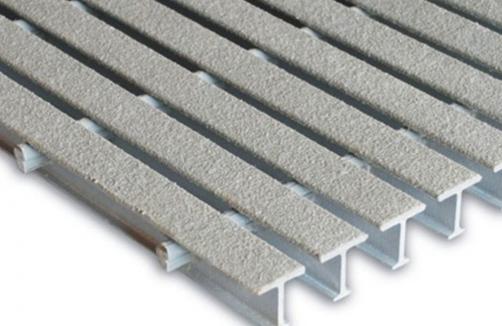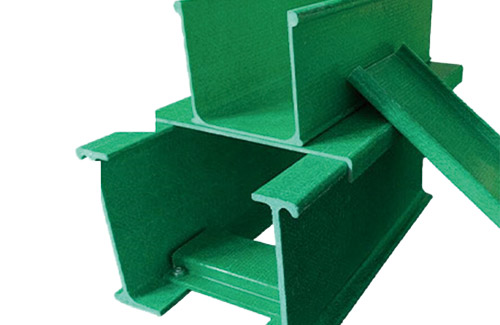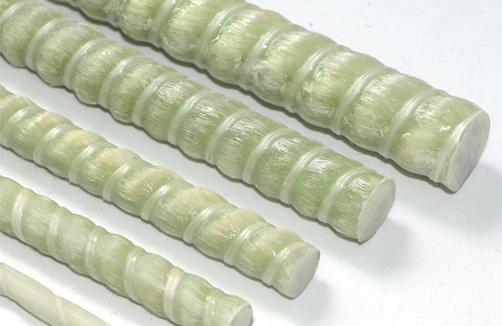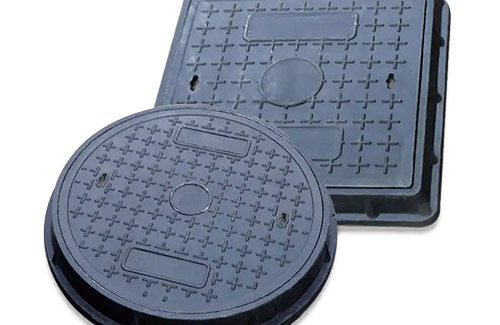The application of FRP composites in the field of civil engineering is growing rapidly. It can be used for seismic and reinforcement reinforcement of columns, walls, beams, slabs and panels. New reinforcement components, structural forms and structural systems are also being researched, developed and applied.
1. Construction Engineering
Structural design is shifting to performance-based design, and structural and material performance requirements are also increased. FRP materials have been used in new structural frames to improve their structural performance, and have also been used extensively in the repair and reinforcement of old civil buildings.
2. Geotechnical engineering
FRP fiber composites have good corrosion resistance under long-term harsh geological conditions, and have been widely used in reinforced soils; FRP composites are easily cut by excavation tools, so they can be used for shield concrete to dig into concrete walls and soil nails of shafts. Composite anchors for temporary support, such as steel anchors, can cause breakage of the excavator head. Due to its low price, easy installation and strong durability, GFRP composites have been used for alternating wet and dry retaining walls, foundation anchors and shotcrete ribs.
3. Bridge engineering
The application of FRP composites to bridge engineering began in the late 1970s and early 1980s. Cables used as suspension bridges and cable-stayed bridges, prestressed tendons in prestressed concrete bridges, can even be used in the entire bridge system; in addition, there are applications in bridge reinforcement.
4. Marine structure and offshore structure
Corrosion problems of marine structures and offshore structures have been prominent, especially for steel structures. Therefore, FRP with good corrosion resistance can solve this problem well and has a good development prospect. The marine reinforced concrete structure under construction adopts the thickest concrete protective layer (generally about 150mm, which is equivalent to more than 5 times of the protective layer of the terrestrial concrete structure) and anti-corrosion measures, and it only has 15 years of corrosion resistance to the internal steel. Left and right, this is far from the durability requirements of permanent or semi-permanent marine structures. The use of FRP concrete or FRP-concrete composite structure can fundamentally solve the problem of steel (steel) corrosion in marine engineering, and its significance is self-evident.








